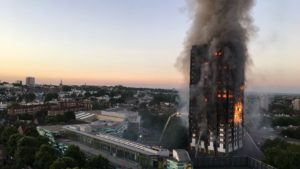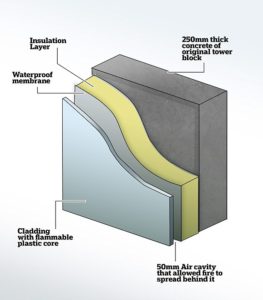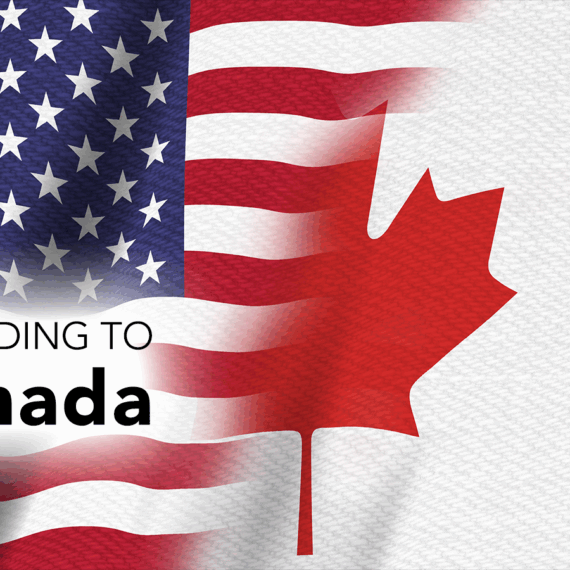On the morning of June 14, 2017, Grenfell tower started to go up in flames. Located in North Kensington, West London, the Grenfell tower fire was one of the fastest growing fires that was seen in some time. Unfortunately the fire claimed 79 lives and left many other injured. Authorities say the fire burned for nearly an entire day until the fire was fully extinguished. When taking a closer look at the causes and escalation of the fire it quickly becomes alarming at how easily the incident could have been avoided.
A material called cladding was used in the construction of the building. However, and article from the Guardian claims the cladding that covered the Grenfell Tower was the “cheaper, more flammable version of the two available options” an investigation of the supply chain has confirmed. Omnis Exteriors, the manufacturers of the aluminium composite material, or cladding, was the manufacturer chosen to supply the cladding for the tower. One very important thing to take note of is that the construction company building the tower asked the supplier for PE cladding rather than FR, meaning fire resistant. If the more expensive cladding were bought the fire would not have spread, or if it did it would have been at a much slower rate. The cladding used was £2 cheaper per square meter. The investigation is also looking into the installation of the cladding and how allowing a 50mm air cavity allowed the fire to spread quickly as well.
The the decision to pass on the FR cladding is to blame, however, the U.K government is behind other countries in terms of their safety standards regarding the construction of towers. Other countries have been on this for some time now. For instance “German construction companies have been banned from using plastic-filled cladding, such as PE cladding, on towers more than 22 meters high since the 1980s when regulations were brought in to improve fire safety at residential blocks” and even “US building codes restrict the use of metal-composite panels without flame-retardant cores on buildings above 15 meters”
Currently, In the UK, there are no regulations requiring the use of fire-retardant material in cladding used on the exterior of tower blocks and schools. This is an ongoing battle on the political front to get new legislation passed. However, it is the responsibility of manufactures and builders to make sure you have a certified, safe product to use for projects especially when peoples lives are involved.
Sources: The Guardian







 USA
USA  Canada
Canada  Europe
Europe  China
China  S Korea
S Korea